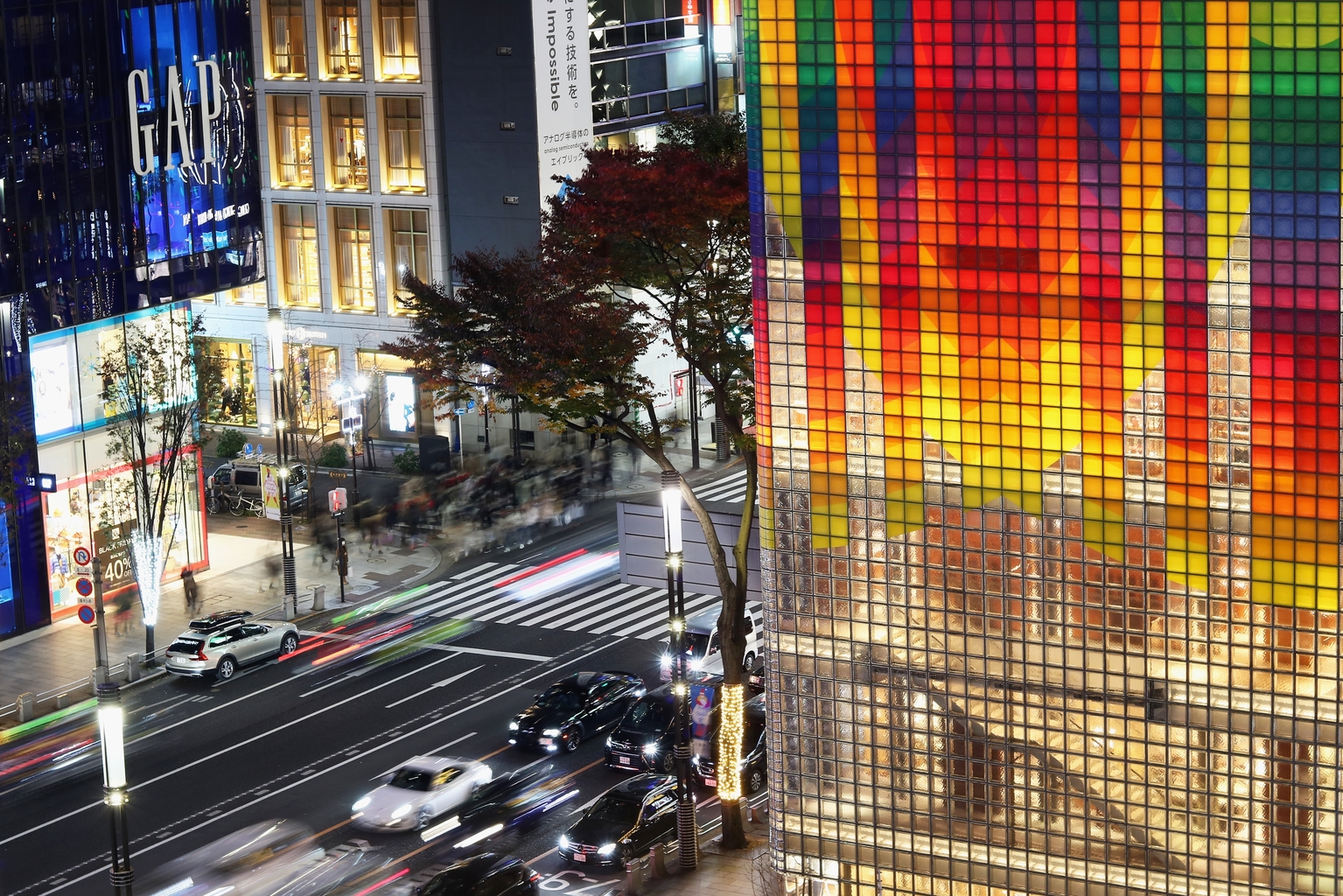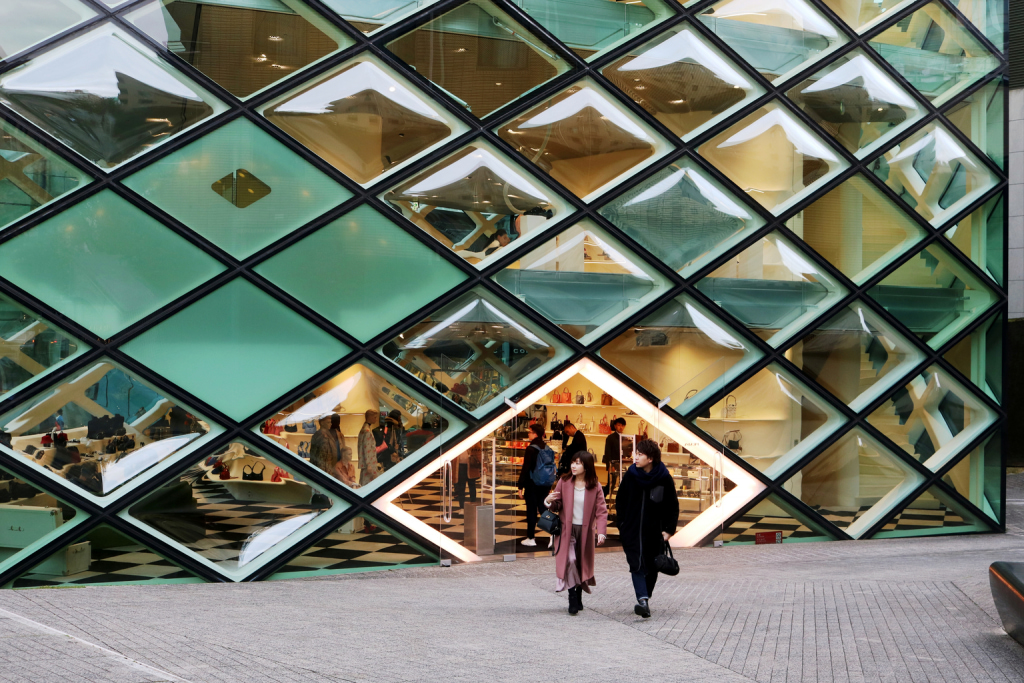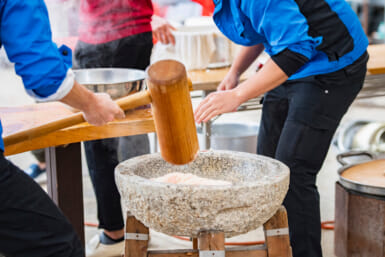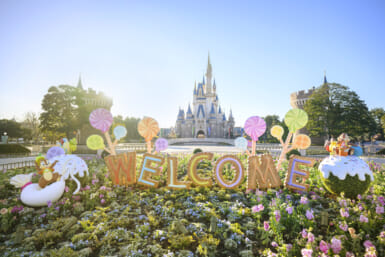Although Tokyo, in some ways, is an old-fashioned city with centuries-old structures and traditions in place, it can also, on the other hand, live up to its name as a futuristic metropolis. It’s an absolute cliché but Japan’s capital is a brilliant place to see into the past and the future simultaneously. Everybody knows the city’s retail scene is probably the best and most progressive in the world with new fashion complexes opening up pretty much all the time. However, it’s also leading the way in terms of architecture and its relationship with fashion.
A few months ago Tokyo Weekender interviewed one of the country’s leading spatial architects Yusuke Seki. The man responsible for the awesome interiors of stores such as Adidas Originals, Mikkeller and Bang & Olufsen, Seki’s vision encapsulates the forward-looking manner in which retail is moving in Tokyo. Here we look at other retail spaces that can be seen as paradigm shifters. Structures which reflect the future of retail and design.

Editorial credit: August_0802 / Shutterstock.com
1.
Prada (Aoyama)
Probably one of the most well-known buildings in Tokyo, Jacques Herzog and Pierre de Meuron’s majestic Prada building sits like a beacon of cool in the backstreets of Aoyama. The sublime green glass facade swells from a diagonal grid that forms a kind of skin that hosts retail floors, lounges and event spaces. Built in 2003 it still amazes today and can be truly called an iconic space.
View this post on Instagram
2.
Gyre (Omotesando)
Located on the uber-fancy Omotesando boulevard, Gyre was designed by Dutch architecture firm MVRDV and is centered around the design concept of five boxes twisted into a spiral. This adds a mysterious impression of motion and aims to attract people like a magnet. It’s no surprise that Gyre hosts some retail big-hitters including Visvim, Diptyque, Maison Margiela, Kenzo and Comme des Garcons. It also has a lovely food floor and overall, it’s a very attractive location in which to hang out and people watch.

Editorial credit: Jane Rix / Shutterstock.com
3.
De Beers (Ginza)
Jun Mitsui’s bending and swirling structure for British diamond pioneers De Beers is one of several architectural wonders in Ginza. Kumiko Inui’s Dior flagship, Massimiliano and Doriana Fuksas’ exuberant Armani Ginza Tower and Peter Marino’s incandescent design for Chanel Ginza are all worth visiting and snapping if you have sufficient time on your hands. Mitsui’s De Beers structure is simply incredible and seems to defy physics which is why it should be on your buildings-to-see list.

Editorial credit: Manuel Ascanio / Shutterstock.com
4.
SunnyHills (Aoyama)
One of the true masters of Japanese architecture, Kengo Kuma is responsible for one of the Japanese capital’s quirkiest buildings. The delightfully named SunnyHills is indeed sunny and is built on a joint system called jigoku-gumi — a traditional method used in Japanese wooden architecture. With the shape of a bamboo basket, it pays homage to Japanese craftsmanship and culture. Other buildings have tried to imitate it but there can be only one SunnyHills and one Kengo Kuma.

Editorial credit: Ned Snowman / Shutterstock.com
5.
Hermes (Ginza)
Another Ginza-based building on the list, Maison Hermes designed by Italian architect Renzo Piano is 6,000 square meters devoted to shopping, workshops, offices, exhibition and multimedia areas and a French-inspired garden on top. According to Hermes, “the idea of a ‘magic lantern’ lighting up Ginza, as those that traditionally hung from the doors of Japanese houses, soon became the design’s source of inspiration.” Magical and beautiful, Piano’s work is quite simply awe-inspiring.
Tokyo is blessed with some of the world’s most intriguing and oddest architecture. Blending history with innovation, it’s always moving forward, pushing the boundaries of what architecture actually means in terms of form and function. The aforementioned buildings are just a start, as when you lose yourself in this mega city you will find your own buildings, your own quirky homes and apartments and stores which stretch the possibilities of design itself.
Featured image by Ned Snowman via Shutterstock









